Home>diy>Building & Construction>What Is Sustainable Construction?
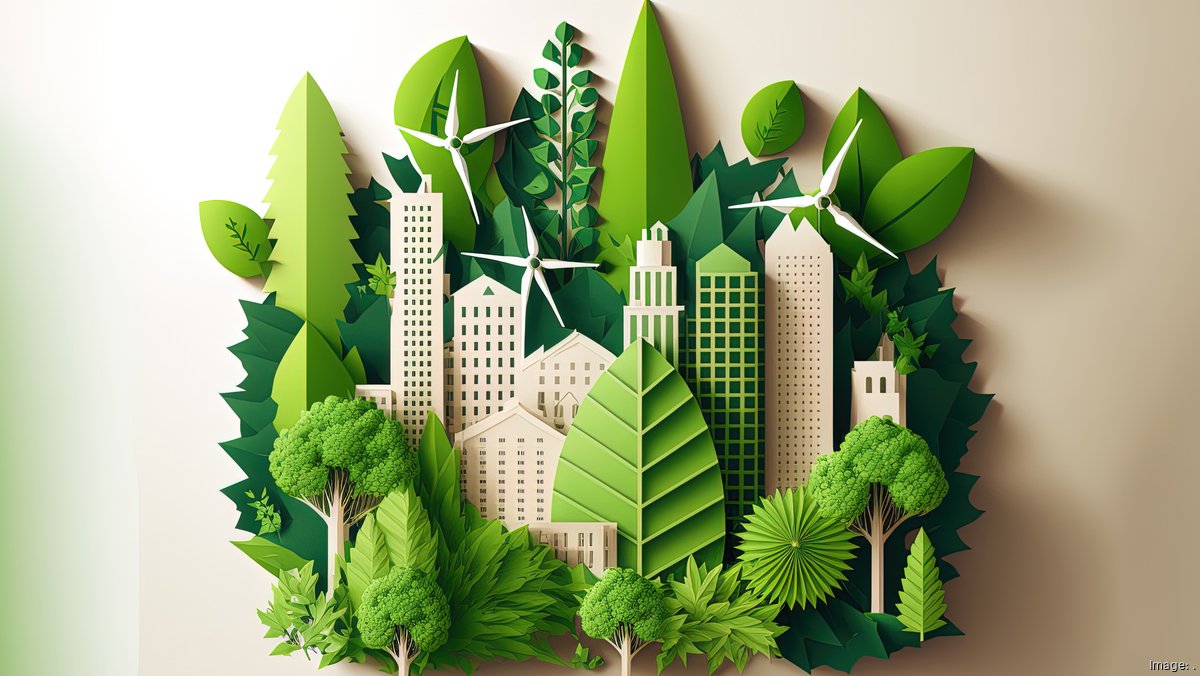

Building & Construction
What Is Sustainable Construction?
Modified: October 29, 2024
Learn about sustainable construction and its benefits for the environment. Discover how building construction practices can be eco-friendly and reduce carbon footprint.
(Many of the links in this article redirect to a specific reviewed product. Your purchase of these products through affiliate links helps to generate commission for Storables.com, at no extra cost. Learn more)
Introduction
Sustainable construction, also known as green construction or eco-friendly construction, is an approach to building that focuses on minimizing the environmental impact of construction projects. It integrates sustainable design, resource efficiency, and environmentally friendly practices throughout the construction process.
In recent years, there has been a growing awareness of the impact that traditional construction methods have on the environment. From the extraction of raw materials to the energy consumption of buildings, construction activities contribute significantly to carbon emissions, waste generation, and depletion of natural resources.
Sustainable construction aims to mitigate these environmental impacts by incorporating sustainable practices from the design phase to the end of a building’s lifecycle. It also takes into account the social and economic aspects of construction, promoting the well-being of occupants, the local community, and the overall sustainability of the project.
This article will delve into the definition of sustainable construction, its benefits, principles, key elements, sustainable practices, examples of sustainable construction projects, as well as the challenges and future of sustainable construction. By exploring these topics, we hope to shed light on the importance and potential of sustainable construction in creating a more environmentally conscious and sustainable future.
Key Takeaways:
- Sustainable construction aims to minimize environmental impact, conserve resources, and promote social well-being. It integrates energy efficiency, waste reduction, and community engagement for a more sustainable future.
- The future of sustainable construction holds promise with advancements in technology, innovation in materials, and a focus on resilience. Collaboration and integrated design will shape a more environmentally friendly and socially responsible built environment.
Definition of Sustainable Construction
Sustainable construction can be defined as a holistic approach to building that focuses on minimizing the negative environmental impact of construction projects and promoting long-term social and economic sustainability. It involves incorporating principles and practices that aim to protect the environment, conserve resources, and enhance the well-being of both present and future generations.
At its core, sustainable construction seeks to strike a balance between meeting the needs of the present without compromising the ability of future generations to meet their own needs. It takes into account the interconnectedness of various environmental, social, and economic factors, striving for a harmonious coexistence between the built environment and the natural world.
There are several key principles that underpin sustainable construction, including energy efficiency, resource conservation, waste reduction, water management, and indoor environmental quality. Sustainable construction projects leverage innovative design techniques, environmentally-friendly materials, and energy-efficient technologies to minimize their carbon footprint and optimize the use of resources.
In addition to reducing environmental impact, sustainable construction also considers the social and economic aspects of building. It aims to create healthy and comfortable living spaces for occupants, while also benefiting the local community by promoting job creation, supporting local businesses, and improving overall quality of life.
Furthermore, sustainable construction extends beyond the construction phase. It takes into account the entire lifecycle of a building, from design and construction to operation, maintenance, and eventual demolition or adaptive reuse. This lifecycle approach ensures that sustainability is integrated into every stage, considering factors such as material sourcing, energy consumption, water management, waste generation, and overall durability of the structure.
Overall, sustainable construction is a comprehensive approach that strives to minimize the environmental impact of construction projects while promoting social and economic well-being. By embracing sustainable practices, the construction industry has the potential to significantly reduce its ecological footprint and contribute to a more sustainable future for generations to come.
Benefits of Sustainable Construction
Sustainable construction offers a wide range of benefits that extend beyond environmental preservation. By adopting sustainable practices, the construction industry can positively impact the environment, society, and the economy. Here are some of the key benefits of sustainable construction:
- Environmental Preservation: Sustainable construction reduces the environmental impact of buildings by using energy-efficient technologies, renewable energy sources, and sustainable building materials. This helps to minimize carbon emissions, preserve natural resources, and protect ecosystems.
- Energy Efficiency: Sustainable buildings are designed to optimize energy usage. Features such as insulation, efficient heating and cooling systems, and smart lighting significantly reduce energy consumption. This not only reduces the carbon footprint but also lowers utility costs for occupants.
- Water Conservation: Sustainable construction incorporates water-efficient technologies and practices. Rainwater harvesting systems, low-flow fixtures, and efficient irrigation systems help to reduce water consumption and minimize strain on local water supplies.
- Improved Indoor Environmental Quality: Sustainable buildings prioritize the health and well-being of occupants. They incorporate features such as natural daylighting, proper ventilation, and the use of non-toxic materials, resulting in better air quality and a healthier living or working environment.
- Enhanced Durability: Sustainable construction emphasizes the use of high-quality and durable materials. This not only reduces the need for frequent repairs and replacements but also extends the lifespan of buildings. Consequently, fewer resources are used over time, resulting in cost savings and reduced waste.
- Reduced Waste Generation: Sustainable construction practices prioritize waste reduction and recycling. Construction waste is minimized through efficient design and material selection. Construction sites implement recycling and waste management programs to divert waste from landfills.
- Positive Impact on Society: Sustainable construction projects create healthier and more comfortable spaces for occupants. Buildings that incorporate green spaces, access to natural light, and proper ventilation promote the well-being and productivity of people. Furthermore, sustainable construction can provide local employment opportunities and economic growth.
These benefits highlight how sustainable construction can contribute to a more resilient and sustainable future. By adopting environmentally friendly practices, the construction industry can play a significant role in mitigating climate change, conserving resources, and improving the quality of life for both present and future generations.
Principles of Sustainable Construction
Sustainable construction is guided by a set of principles that shape its approach to building projects. These principles serve as a framework for integrating sustainability into every stage of the construction process. Here are some of the key principles of sustainable construction:
- Energy Efficiency: Sustainable construction prioritizes energy efficiency by optimizing building design and incorporating energy-saving technologies. This includes utilizing passive design strategies, such as proper insulation, orientation, and shading, to minimize the need for heating and cooling. It also involves the use of energy-efficient appliances, lighting, and HVAC systems.
- Resource Conservation: Sustainable construction aims to conserve natural resources by using materials efficiently. This includes selecting locally sourced materials, using recycled or reclaimed materials, and reducing construction waste through proper planning and recycling practices. Additionally, water conservation techniques, such as rainwater harvesting and efficient irrigation systems, are implemented to minimize water usage.
- Waste Reduction: Sustainable construction focuses on minimizing waste generation throughout the construction process. This involves proper waste management practices, such as separating and recycling construction waste. Additionally, designing buildings with adaptability and flexibility in mind allows for easier renovation or repurposing, reducing the need for complete demolition and reconstruction.
- Biodiversity and Ecosystem Protection: Sustainable construction takes into account the impact of building projects on local ecosystems. It aims to protect and enhance biodiversity by incorporating green spaces, preserving existing habitats, and using landscaping techniques that support local flora and fauna. This helps to maintain ecological balance and create healthier environments for both humans and wildlife.
- Social Equity: Sustainable construction considers the social well-being of communities and aims to create inclusive and accessible spaces. This involves designing buildings that accommodate people with diverse abilities, providing affordable housing options, and contributing to the local economy by creating job opportunities and supporting local businesses.
- Lifecycle Approach: Sustainable construction takes a long-term perspective by considering the entire lifecycle of a building. This includes evaluating the environmental impact of materials used in construction, implementing energy-efficient systems during operation, and planning for end-of-life scenarios to ensure a sustainable approach to demolition and waste management.
These principles serve as a guide for incorporating sustainability into construction projects, ensuring that buildings are not only environmentally friendly but also socially and economically beneficial. By adhering to these principles, sustainable construction can pave the way for a more sustainable and resilient built environment.
Key Elements of Sustainable Construction
Sustainable construction encompasses a variety of elements that work together to create environmentally friendly and socially responsible buildings. These elements focus on minimizing environmental impact, conserving resources, and promoting occupant well-being. Here are key elements of sustainable construction:
- Design and Planning: Sustainable construction begins with thoughtful design and planning. Architects and engineers consider the environmental impact of the building’s design, optimizing energy efficiency, and incorporating sustainable materials and technologies from the start.
- Energy Efficiency: Energy efficiency is a fundamental element of sustainable construction. Buildings are designed to minimize energy consumption by utilizing efficient insulation, energy-saving appliances, LED lighting, and renewable energy sources like solar panels or geothermal systems.
- Water Management: Sustainable construction emphasizes efficient water management practices. This includes installing low-flow fixtures, implementing rainwater harvesting systems, and utilizing recycled water for non-potable purposes like irrigation or cleaning.
- Materials Selection: Sustainable construction prioritizes the use of environmentally friendly and resource-efficient materials. This includes choosing materials with low carbon emissions, such as recycled or reclaimed materials, as well as locally sourced materials to reduce transportation emissions.
- Waste Reduction and Recycling: Sustainable construction aims to minimize waste generation throughout the building process. Construction sites implement waste management plans, encouraging proper sorting and recycling of materials. Additionally, offcuts and leftover materials are repurposed whenever possible.
- Indoor Environmental Quality: Sustainable construction focuses on providing a healthy and comfortable indoor environment for occupants. This involves proper ventilation, natural daylighting, and the use of non-toxic materials to minimize indoor air pollution and improve overall well-being.
- Site Selection and Land Use: The choice of site and land use play a crucial role in sustainable construction. By selecting sites that minimize ecosystem disruption and provide access to public transportation, sustainable construction reduces environmental impact and encourages sustainable transportation options.
- Adaptability and Flexibility: Sustainable construction considers the long-term resilience and adaptability of buildings. Structures are designed with the ability to accommodate changing needs, allowing for future flexibility and minimizing the need for extensive renovations or demolitions.
- Community Engagement: Sustainable construction involves engaging the local community throughout the project. This includes collaborating with stakeholders, considering community needs, and ensuring the project benefits the local economy by creating jobs and supporting local businesses.
By integrating these key elements into the construction process, sustainable construction can create buildings that are not only environmentally friendly but also promote occupant well-being, conserve resources, and contribute to a more sustainable future.
When planning a sustainable construction project, consider using locally sourced materials to reduce transportation emissions and support the local economy.
Sustainable Construction Practices
Sustainable construction practices encompass a wide range of strategies and techniques that aim to minimize the environmental impact of building projects while promoting social and economic sustainability. These practices span across the different stages of construction, from planning and design to materials selection and construction methods. Here are some common sustainable construction practices:
- Green Building Certification: Many sustainable construction projects seek third-party certification from organizations like LEED (Leadership in Energy and Environmental Design) or BREEAM (Building Research Establishment Environmental Assessment Method). These certifications recognize buildings that meet specific environmental performance criteria.
- Eco-Friendly Materials: Sustainable construction places a strong emphasis on using environmentally friendly materials. This includes choosing materials with low embodied energy, such as recycled or reclaimed materials, and utilizing sustainable alternatives to traditional options, like bamboo flooring or low VOC (Volatile Organic Compound) paints.
- Energy-Efficient Design: Sustainable construction integrates energy-efficient design principles to reduce energy consumption. This includes proper insulation, energy-efficient windows, and the use of natural daylighting to minimize the need for artificial lighting. Additionally, passive design techniques, such as strategic building orientation, help optimize solar gain in winter and shading in summer.
- Renewable Energy Integration: Sustainable construction often incorporates renewable energy sources to power buildings. Utilizing solar panels, wind turbines, or geothermal systems not only reduces reliance on fossil fuels but also lowers long-term energy costs.
- Water Conservation: Sustainable construction includes implementing water conservation practices to minimize water usage. This can involve installing low-flow fixtures, incorporating rainwater harvesting systems, and integrating efficient irrigation systems that use sensor-based technology to optimize water usage based on the specific needs of plants and landscapes.
- Waste Management: Sustainable construction prioritizes waste reduction and proper waste management. This involves setting up recycling or reclamation programs on construction sites, utilizing construction waste management plans, and implementing strategies to reduce material waste during the construction process.
- Construction Practices: Sustainable construction promotes practices that minimize environmental impact during construction. This can include site management techniques to reduce soil erosion, dust control measures, and careful management of construction vehicle emissions. It may also involve utilizing innovative construction methods, such as modular or prefabricated construction, which can reduce material waste and energy consumption.
- Life-cycle Assessment: Sustainable construction considers the entire life cycle of a building, from design and construction to use and eventual disposal. Life-cycle assessment helps assess the environmental impact of a building at each stage and informs decisions about materials, systems, and technologies to optimize sustainability.
- Occupant Engagement: Sustainable construction involves engaging building occupants in sustainable practices. This can be achieved through providing education and resources for energy and water conservation, waste reduction, and encouraging sustainable lifestyle choices within the building.
- Monitoring and Evaluation: Sustainable construction includes ongoing monitoring and evaluation of a building’s performance. This helps identify areas for improvement and ensures that the building continues to operate in an environmentally efficient and sustainable manner over its lifespan.
By adopting these sustainable construction practices, the industry can contribute to reducing environmental impact, conserving resources, and creating buildings that are healthier and more sustainable for both occupants and the planet.
Examples of Sustainable Construction Projects
Sustainable construction has gained significant traction in recent years, with numerous impressive projects demonstrating the possibilities of creating environmentally friendly and socially responsible buildings. Here are some notable examples of sustainable construction projects from around the world:
- The Edge, Amsterdam: Located in Amsterdam, The Edge is often referred to as the “greenest office building in the world.” It incorporates numerous sustainable features, including solar panels that generate more energy than the building requires, smart LED lighting to optimize energy usage, rainwater harvesting for irrigation, and a sophisticated system that monitors and controls various building systems for optimal performance.
- Bullitt Center, Seattle: The Bullitt Center in Seattle was designed to meet the Living Building Challenge, one of the most stringent sustainability certifications. This six-story office building showcases several sustainable features, such as rainwater collection and treatment systems, a composting toilet system, a rooftop solar panel array that provides renewable energy, and a passive design that maximizes natural lighting and ventilation.
- The Crystal, London: The Crystal in London is an iconic sustainable building that showcases cutting-edge technology and design. It serves as a center for sustainable development and features solar panels, ground-source heat pumps, rainwater harvesting, and efficient LED lighting. The building was constructed using recycled materials, and its unique design maximizes natural light and ventilation.
- One Central Park, Sydney: Located in Sydney, One Central Park is a residential tower that combines sustainable design with lush greenery. Its vertical gardens are home to over 35,000 plants, which help filter the air and provide insulation. The building also features solar panels, a tri-generation system that reduces energy consumption, and a blackwater treatment system.
- Masdar City, Abu Dhabi: Masdar City in Abu Dhabi is a sustainable city project dedicated to research and development in renewable energy and sustainable technologies. The city utilizes passive design strategies, renewable energy sources such as solar power, and advanced water and waste management systems. It aims to be carbon-neutral and zero-waste, with pedestrian-friendly streets and an integrated transportation system.
- Perot Museum of Nature and Science, Dallas: The Perot Museum of Nature and Science in Dallas showcases sustainable design and construction. It features rainwater collection systems, energy-efficient glazing, direct sunlight shading, and a green roof that helps with temperature regulation and reduces stormwater runoff. The museum was designed to achieve LEED Gold certification.
- The Edge, United Kingdom: The Edge in the United Kingdom is a prime example of sustainable retrofitting. This commercial office building underwent substantial renovations to become one of the greenest buildings in the country. It features various sustainable technologies, such as LED lighting, smart energy management systems, rooftop solar panels, and rainwater harvesting for toilet flushing.
These examples demonstrate that sustainable construction is not only feasible but also aesthetically appealing and economically viable. They serve as inspiration for future sustainable projects and highlight the potential for creating buildings that benefit both the environment and the people who inhabit them.
Challenges and Limitations of Sustainable Construction
While sustainable construction holds great promise for creating a more environmentally friendly and socially responsible built environment, it is not without its challenges and limitations. Here are some of the key challenges and limitations faced by sustainable construction:
- Cost Implications: One of the main challenges is the perceived higher costs associated with sustainable construction. Sustainable materials, technologies, and design strategies often come with a premium price tag, which can deter some developers and clients. However, it’s important to consider the long-term cost savings in terms of reduced energy consumption, lower maintenance costs, and potential government incentives or certifications that can offset initial investments.
- Limited Availability of Sustainable Materials: While there is an increasing demand for sustainable materials, their availability can still be limited in some regions. For example, sourcing local, recycled, or low-impact materials may be challenging for certain construction projects, particularly in areas with limited resources or a lack of recycling infrastructure. This can hinder the adoption of sustainable construction practices.
- Technological Advancements: Sustainable construction relies heavily on innovative technologies and systems. However, the rapid pace of technological advancements means that some sustainable solutions may quickly become outdated or not yet fully developed. This presents a challenge in identifying and selecting the most appropriate technologies for each project, as well as the need for ongoing research and development in the field.
- Complexity and Integration: Sustainable construction involves the integration of various systems and components. Achieving seamless integration can be challenging, as it requires coordination and collaboration among architects, engineers, contractors, and suppliers. Without proper communication and coordination, the full potential of sustainable practices may not be realized.
- Regulatory and Legal Barriers: While regulations and building codes are increasingly incorporating sustainability considerations, there can still be regulatory and legal barriers to implementing sustainable construction practices. These barriers may include outdated codes and standards that do not adequately address sustainability, as well as bureaucratic hurdles that hinder the adoption of innovative sustainable solutions.
- Lack of Awareness and Education: The success of sustainable construction relies on the awareness and education of all stakeholders involved, from developers and designers to contractors and occupants. There can be a lack of awareness and understanding of sustainable construction principles and practices, which can impede the widespread adoption of sustainable solutions.
- Resistance to Change: The construction industry has historically been resistant to change and slow to adopt new practices and technologies. This can hinder the widespread adoption of sustainable construction methods. Overcoming resistance to change requires education, demonstration of the benefits, and a shift in mindset within the industry.
While these challenges and limitations exist, it is important to recognize that many of them can be overcome with proper planning, education, and collaboration. Sustainable construction holds immense potential and offers numerous benefits, and as the industry evolves and technologies advance, the barriers to implementing sustainable practices are likely to diminish.
Future of Sustainable Construction
The future of sustainable construction is promising, as society increasingly recognizes the need for environmentally friendly and socially responsible buildings. As technology continues to advance, and awareness of climate change and resource depletion grows, the construction industry is evolving to embrace sustainable practices more readily. Here are some key areas that will shape the future of sustainable construction:
- Advancements in Technology: Technology will play a significant role in the future of sustainable construction. Technological advancements can lead to improved energy-efficient materials, innovative construction techniques, and smart building systems that optimize resource consumption and waste management. This may include the integration of artificial intelligence, Internet of Things (IoT), and data analytics to enhance energy usage, occupant comfort, and overall building performance.
- Innovation in Materials: The development and implementation of sustainable materials will continue to be a focus in the construction industry. Innovations in materials technology, such as bio-based materials, recycled materials, and advanced composites, will offer more sustainable alternatives to traditional construction materials. These materials can reduce environmental impact, improve energy efficiency, and enhance overall building performance.
- Net-Zero and Positive Energy Buildings: The concept of net-zero energy buildings, which produce as much or more energy than they consume, will become more prevalent in the future. Building designs, energy generation systems, and energy storage technologies will advance to make it more accessible for buildings to achieve net-zero energy status. Additionally, the concept of positive energy buildings, which not only produce enough energy for their own use but also contribute excess energy back to the grid, will gain momentum.
- Circular Economy Integration: The implementation of circular economy principles will become increasingly important in sustainable construction. This approach focuses on minimizing waste, maximizing resource efficiency, and promoting the reuse and recycling of materials. Construction projects will embrace strategies that prioritize material recovery, repurposing, and the creation of closed-loop systems to minimize waste and reduce the demand for raw materials.
- Integration of Nature and Green Spaces: Future sustainable buildings will incorporate more green spaces and biophilic design principles. Integrating nature into the built environment improves air quality, enhances occupant well-being, and promotes biodiversity. Living walls, green roofs, and vertical gardens will become more common, helping to reduce the urban heat island effect, capture rainwater, and increase energy efficiency.
- Collaboration and Integrated Design: Collaboration and integrated design approaches will be crucial in achieving sustainable construction goals. Architects, engineers, contractors, and other stakeholders will work together from the early stages of a project to develop holistic and sustainable solutions. Integrated design processes will ensure that decisions are made with consideration for the entire lifecycle of a building, optimizing sustainability outcomes.
- Emphasis on Resilience and Adaptability: With the increasing impacts of climate change, the future of sustainable construction will place a greater emphasis on resilience and adaptability. Buildings will be designed to withstand extreme weather events, rising sea levels, and other environmental challenges. Planning for adaptability will allow buildings to easily integrate new technologies, adjust to changing needs, and extend their lifespans.
The future of sustainable construction holds immense potential to create buildings that have a minimal environmental footprint, maximize resource efficiency, and provide healthy and comfortable spaces for occupants. As technology advances and awareness continues to grow, the construction industry will embrace sustainable practices more readily, leading us towards a more sustainable and resilient built environment.
Read more: What Is Sustainable Landscaping
Conclusion
Sustainable construction is a vital solution to the challenges posed by climate change, resource depletion, and environmental degradation. By embracing sustainable practices, the construction industry can play a crucial role in creating a more environmentally friendly and socially responsible built environment for present and future generations.
Throughout this article, we explored the definition of sustainable construction, its benefits, principles, key elements, sustainable practices, examples of notable projects, and the challenges and future of sustainable construction. It is evident that sustainable construction goes beyond simply reducing environmental impact; it encompasses the integration of energy efficiency, resource conservation, waste reduction, and social equity into each stage of the construction process.
Despite the challenges and limitations, the future of sustainable construction looks promising. Technological advancements will lead to innovative materials, smart building systems, and improved energy efficiency. The integration of circular economy principles and the emphasis on nature and green spaces will further enhance sustainability in the construction industry. Collaboration and integrated design approaches will foster holistic and sustainable solutions, while resilience and adaptability will ensure buildings are prepared for changing environmental conditions.
However, realizing the full potential of sustainable construction requires collective action from all stakeholders in the industry. Developers, architects, engineers, contractors, policymakers, and occupants must work together to prioritize sustainability and overcome the barriers that hinder widespread adoption. This includes education and awareness initiatives, supportive policies and regulations, as well as investments in research and development.
In conclusion, sustainable construction is not just a fleeting trend but a necessary shift towards a more sustainable and resilient future. By embracing sustainable practices and integrating them into every aspect of the construction industry, we can create buildings that promote environmental stewardship, conserve resources, and provide healthy and comfortable spaces for people to live, work, and thrive in. It is through sustainable construction that we can build a better and more sustainable world for generations to come.
Frequently Asked Questions about What Is Sustainable Construction?
Was this page helpful?
At Storables.com, we guarantee accurate and reliable information. Our content, validated by Expert Board Contributors, is crafted following stringent Editorial Policies. We're committed to providing you with well-researched, expert-backed insights for all your informational needs.





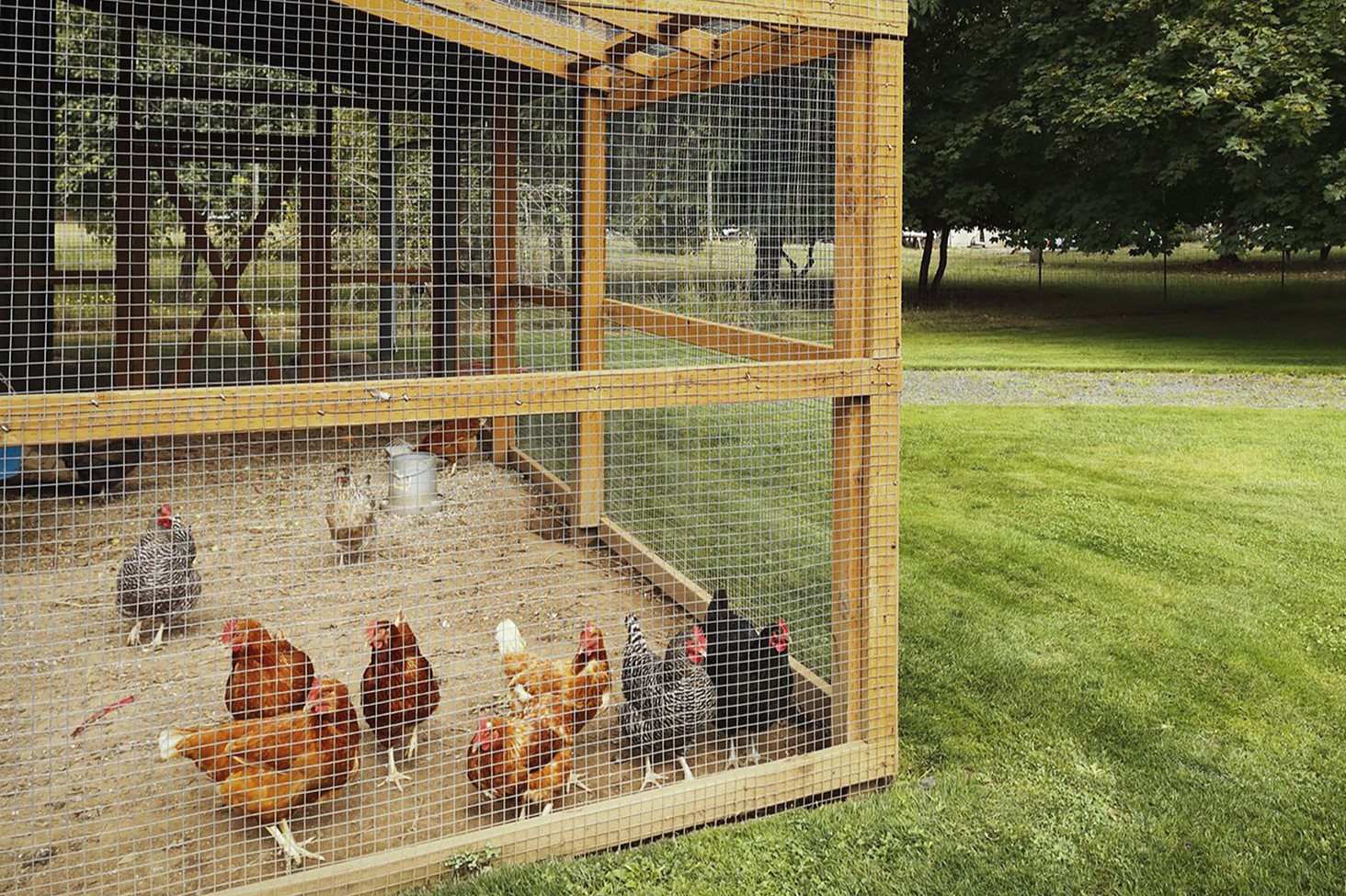

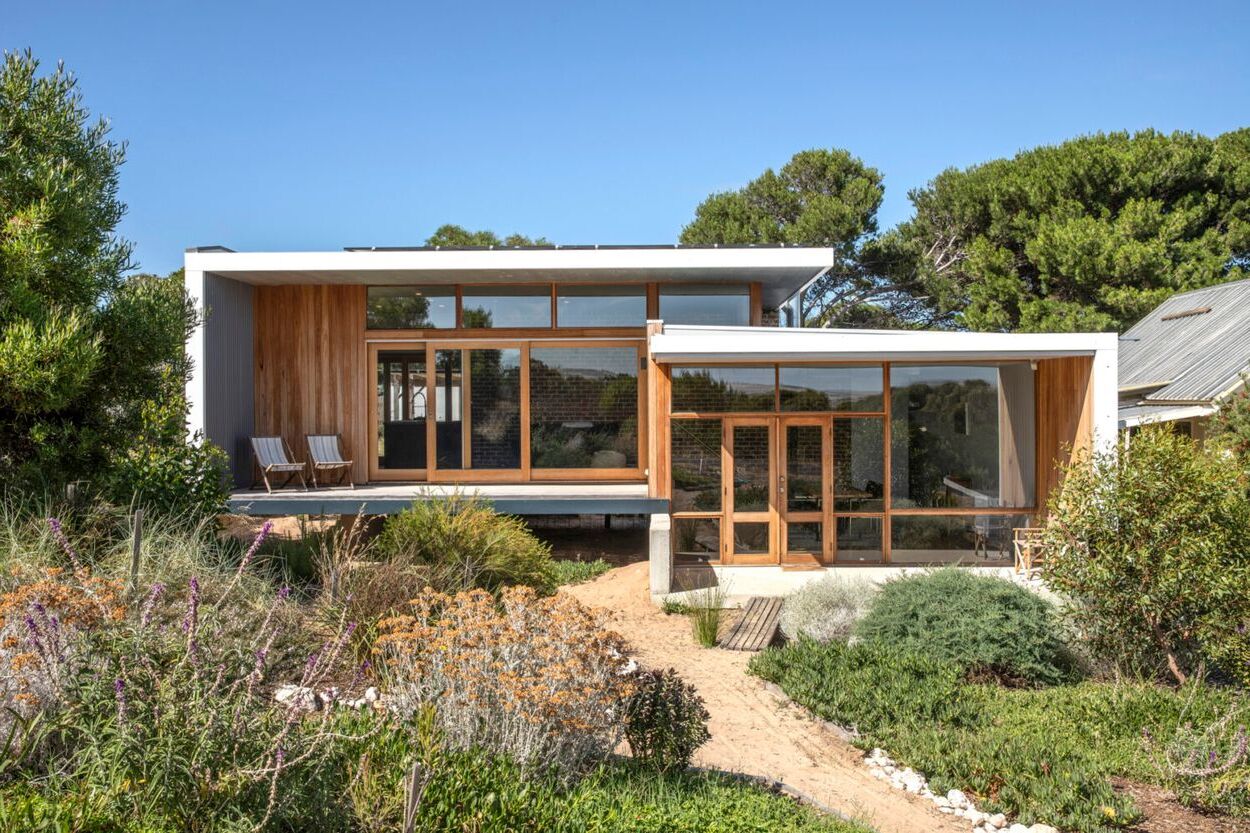

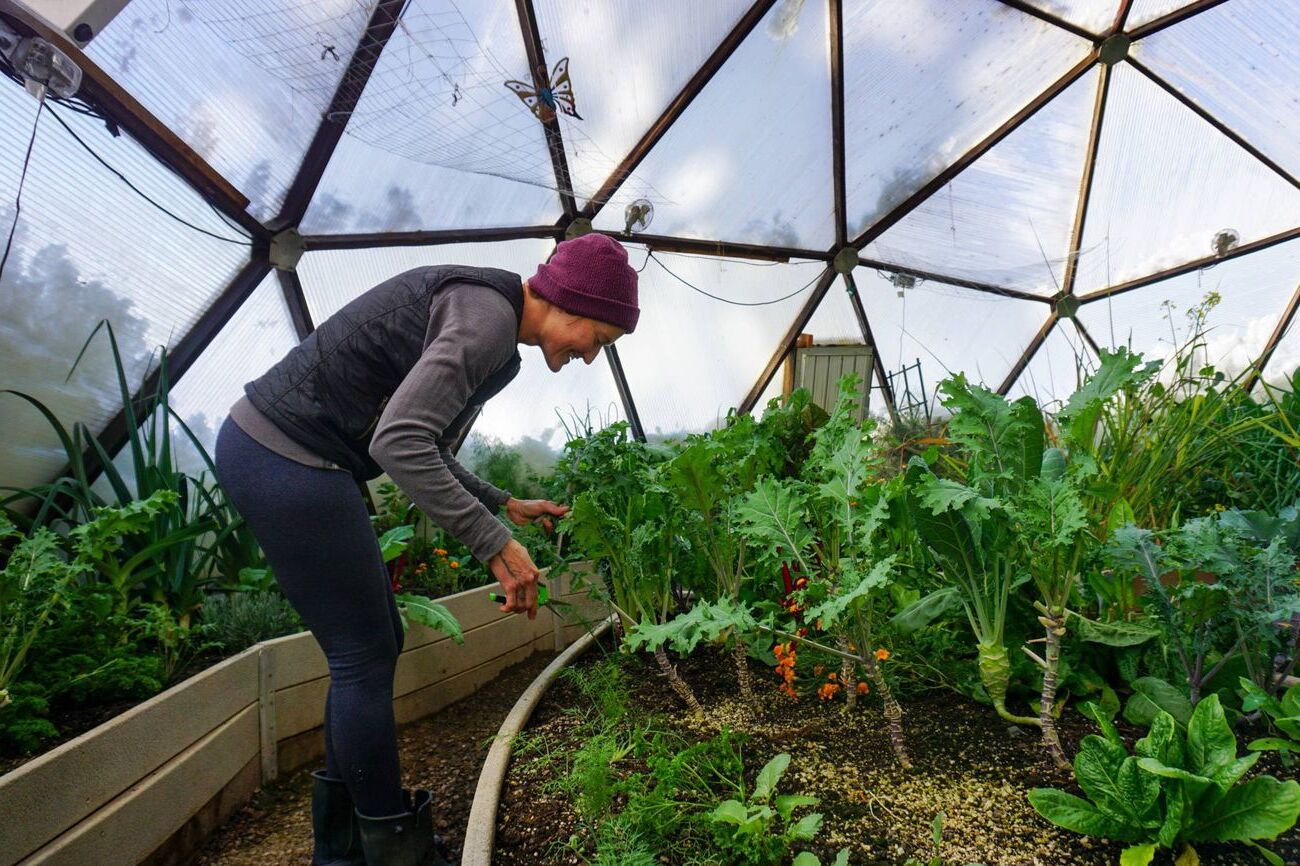


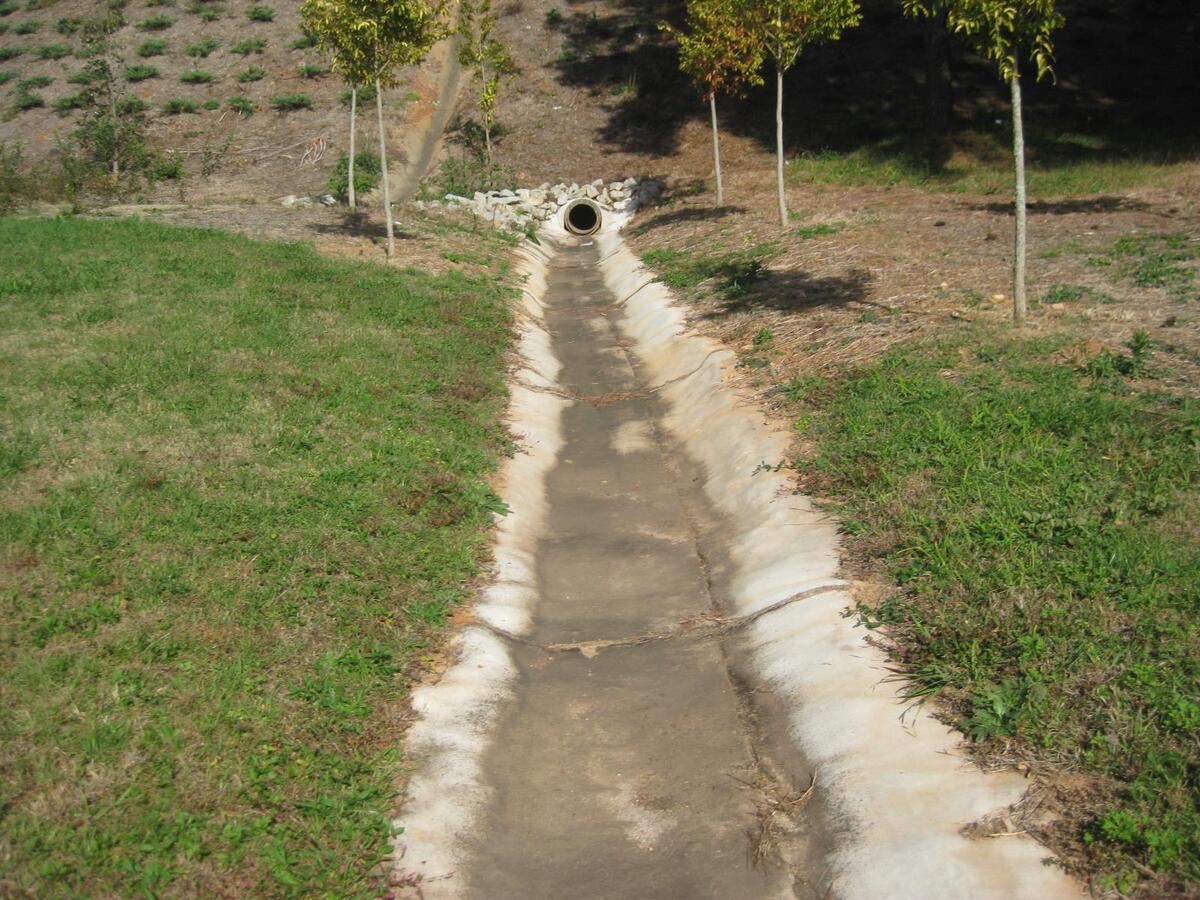

0 thoughts on “What Is Sustainable Construction?”